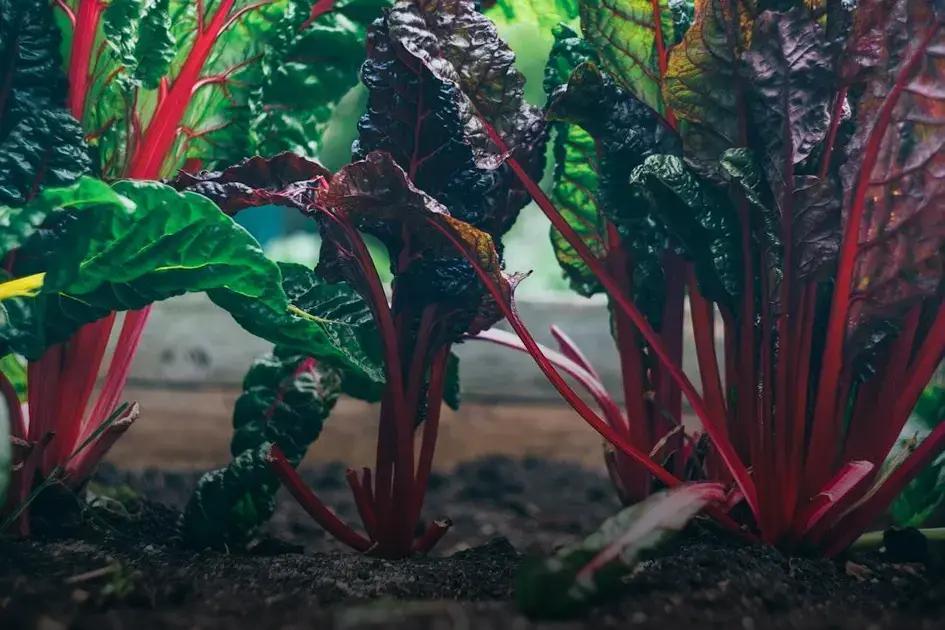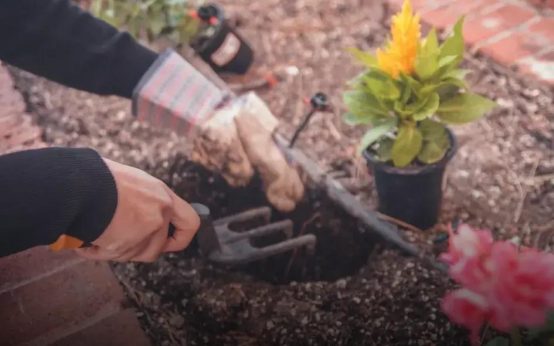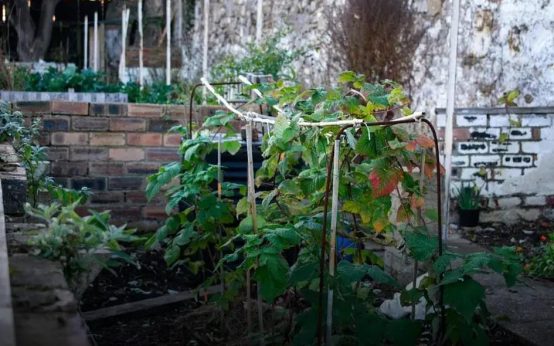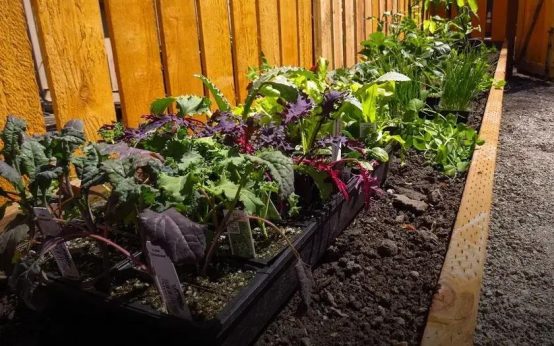Choosing the right plants for your home garden can dramatically enhance its beauty and functionality. Understanding your specific garden environment is key. Consider sunlight, soil type, and climate. By thoughtfully selecting plants, you ensure a thriving garden. Explore plant types suitable for various garden spaces, keeping maintenance requirements in mind. A balance of local and exotic plants adds diversity. Finally, harmonizing aesthetics with purpose creates a cohesive garden design. Let’s delve into the details with the following tips!
Understanding Your Garden’s Environment
To make informed choices regarding your plant selection, it’s crucial to understand your garden’s specific environment. Each plant type thrives in particular conditions, which vary based on factors like sunlight, soil quality, and local climate.
Begin by assessing the sunlight exposure in your garden. Determine which areas receive full sun, partial shade, or are completely shaded. This knowledge will guide you in choosing either sun-loving plants or those that thrive in the shade.
Examine the soil type present in your garden. Some plants prefer sandy soils, while others flourish in clay-rich or loamy conditions. Soil pH is another important aspect; certain plants require acidic conditions, whereas others need alkaline or neutral soils. Conducting a soil test can provide valuable insights.
Consider your local climatic conditions, including temperature ranges, humidity levels, and seasonal variations. Selecting plants that are well-suited to your climate is critical for ensuring robust growth and minimizing maintenance requirements.
Think about microclimates within your garden, which are small areas with differing climates due to factors like wind protection or heat retention. Identifying these zones allows for placing plants with specific needs in optimal locations.
Incorporating native plants can be a sustainable choice, as they are naturally adapted to your region’s environment, potentially reducing water usage and increasing resilience against local pests and diseases.
Selecting Plant Types for Varied Spaces

Choosing the right plant types for different areas in your home garden is crucial for a thriving landscape. Consider the unique conditions each space offers, such as light levels, temperature, and moisture. For shaded areas, opt for plants like ferns and hostas, which thrive without direct sunlight. In contrast, succulents and lavender are ideal for sunny spots as they can withstand and thrive in intense light.
Small balconies and constrained spaces require a different approach. Utilize vertical planting solutions with hanging pots and stacked planters to maximize the use of space. Look for compact plant varieties like dwarf citrus trees or herbs.
Consider Indoor Areas
If you’re incorporating plants in indoor areas, pay attention to air circulation and humidity. Peace lilies and snake plants are great for low-light conditions indoors. For areas with more humidity, like bathrooms, consider plants such as ferns or orchids.
In outdoor spaces exposed to varying conditions, such as changes in weather or wind, choose hardy varieties like junipers or rosemary. These plants are resilient and require less maintenance, making them perfect for unpredictable environments.
Ultimately, each plant should match the specific needs of its location, ensuring a vibrant and healthy garden environment that thrives under your care. Selecting the right plants for each space not only enhances beauty but also contributes to a sustainable gardening experience.
Considering Maintenance and Care
When choosing plants for your home garden, considering maintenance and care is crucial. Begin by evaluating the amount of time and effort you can realistically dedicate to garden upkeep. If you prefer a low-maintenance garden, opt for drought-resistant plants like succulents or native species that require less watering and care.
Another important aspect is soil health. Regularly checking and maintaining your soil will ensure your plants thrive. Consider plants that match your soil type and pH levels. This can greatly reduce the effort you need to invest in additional soil amendments.
Think about seasonal care requirements. Some plants demand more attention during particular seasons. Deciduous trees may require regular leaf clearance in the fall, while flowering plants often need pruning after bloom cycles. Understanding these needs will help you plan your garden schedule more effectively.
Pest control is another factor to consider. Choose plants that are resistant to common pests in your area to minimize the need for chemical treatments. Implementing companion planting can naturally deter pests and reduce maintenance efforts.
Watering systems, like drip irrigation, can also aid in reducing the manual work required. By thoughtfully planning and choosing your plants based on their care requirements, you can ensure a thriving garden that doesn’t demand more time than you can afford.
Exploring Local and Exotic Options

When deciding on plants for your home garden, it’s essential to consider both local and exotic options to bring a unique touch. Local plants typically adapt better to your climate and require less maintenance. They can thrive with minimal care, reducing your water usage and promoting local biodiversity.
On the other hand, exotic plants can introduce striking aesthetics with their unique colors, shapes, and textures. They often become the focal point of your garden, adding intrigue and variety. It’s vital to research these plants thoroughly, as they may need specific conditions and care, like unique soil types or controlled environments.
Remember, combining local and exotic options allows you to enjoy the benefits of both. By blending these types, you create a resilient and vibrant garden that stands out while being sustainable. Adaptability is key, and understanding the needs of both local and exotic species can lead to a harmonious garden ecosystem that flourishes all year. Experiment with seasonal plants or rare species to enrich your garden’s diversity further.
Balancing Aesthetics and Functionality
When selecting plants for your home garden, it’s crucial to find the perfect harmony between aesthetics and functionality. The visual appeal of your garden is important, but so is ensuring that the plants you choose serve a purpose. Whether it’s providing shade, privacy, or attracting pollinators, each plant should contribute both aesthetically and functionally.
Consider the colors, textures, and shapes that will complement your existing landscape. Mix different plant heights and widths to create visual interest. Incorporate plants with varied foliage and blooming patterns to ensure your garden looks vibrant year-round.
Functionality isn’t just about aesthetics. Think about the other roles plants can play. Herbs, for instance, bring beauty to your garden and also offer culinary uses. Likewise, drought-resistant plants can reduce water usage, fitting in eco-friendly purposes while keeping the garden lush.
Another key aspect is the plant’s ability to thrive in your specific environment. Choose plants that match your local climate and soil conditions. This ensures they not only look good but are sustainable in the long run.


 Tips for Growing Tomatoes That Actually Produce Fruit Easily
Tips for Growing Tomatoes That Actually Produce Fruit Easily  Companion Planting: Discover Plants That Thrive Together
Companion Planting: Discover Plants That Thrive Together  Starting a Vegetable Garden: Top Easy Crops to Begin
Starting a Vegetable Garden: Top Easy Crops to Begin